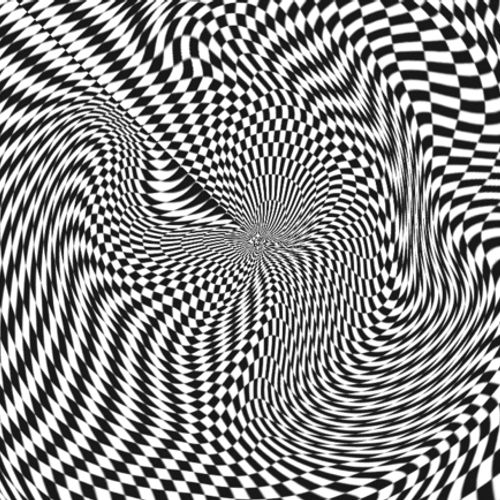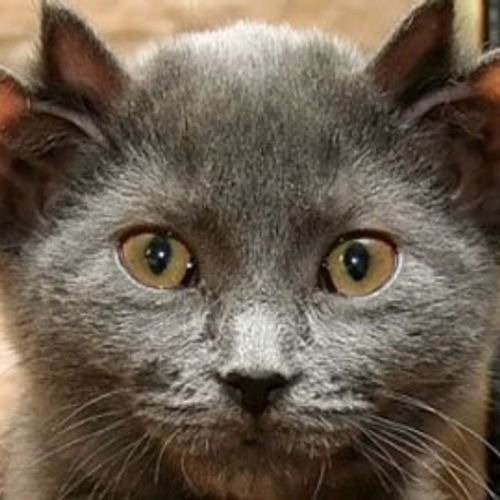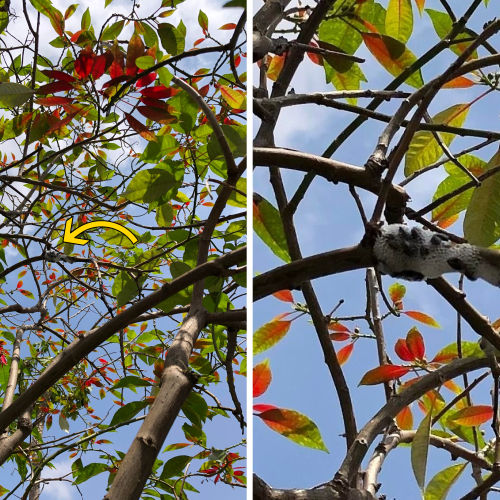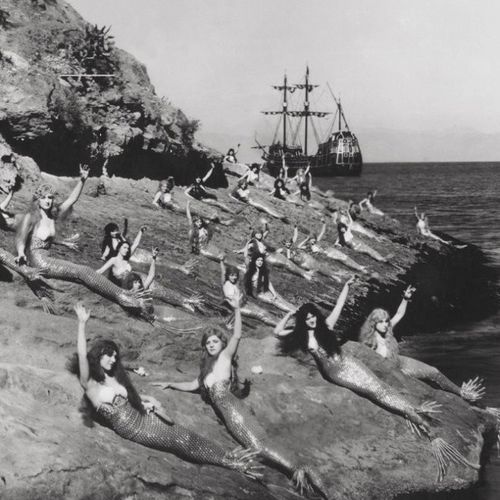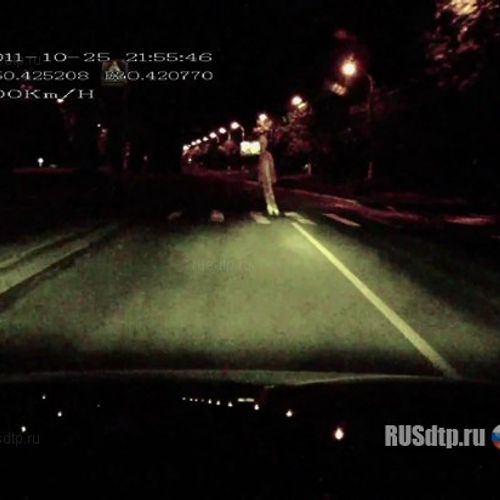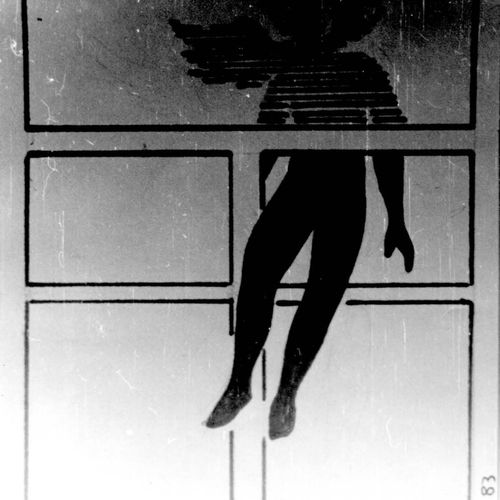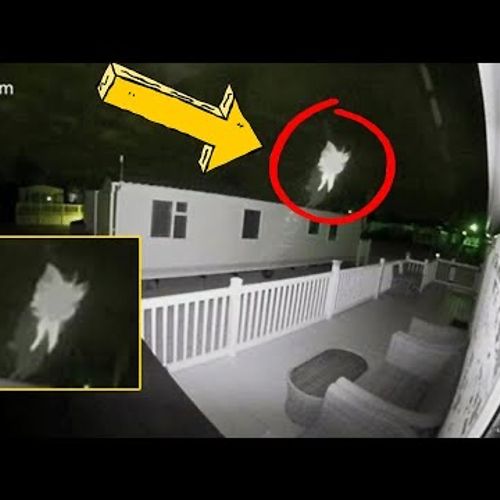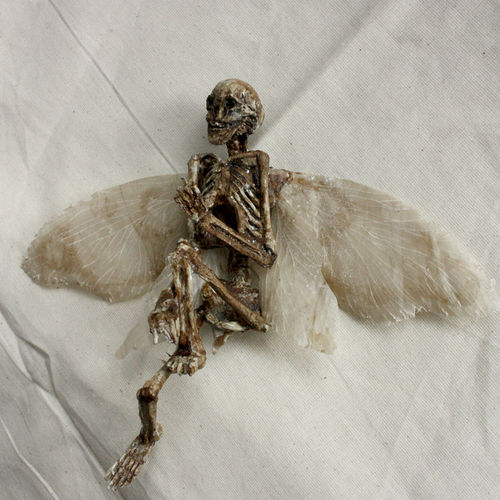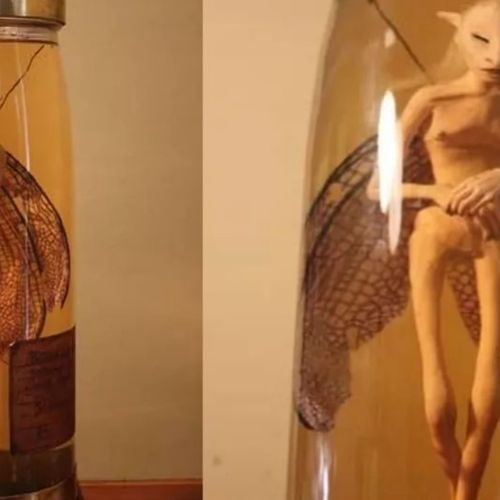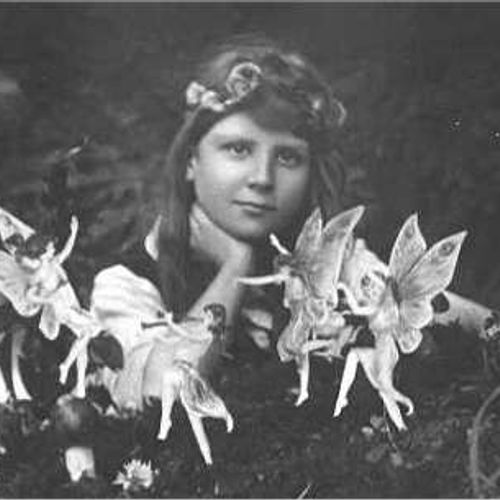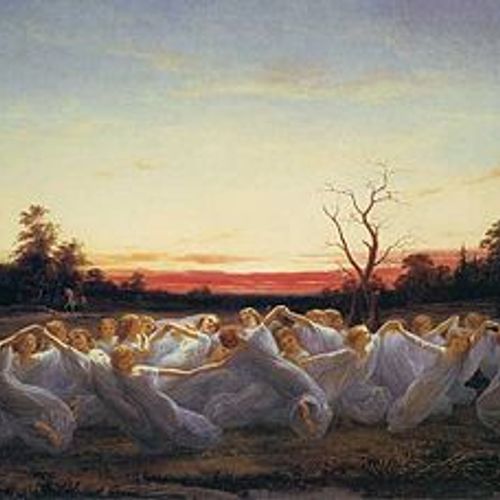
| Added | Mon, 05/12/2016 |
| Hierarchy | |
| Другие названия | The wig
Peri
Faeries
Pixie
|
| Область распространения | Germany
France
United Kingdom
Ireland
|
| Характерные признаки |
→
→
→
→
→
→
→
→
→
|
| Sources | Eva Pocs, Fairies and Witches at the boundary of south-eastern and central Europe FFC no 243 (Helsinki, 1989)
Diane Purkiss, Troublesome Things: A History of Fairies and Fairy Stories (Allen Lane, 2000)
Энциклопедия: Кельтская мифология Перевод с английского С. Головой и А. Голова 2002г.
|
Fairy in Celtic and Germanic folklore is a mythological being of metaphysical nature, possessing inexplicable, supernatural abilities, leading a secretive lifestyle, but sometimes interfering in a person's daily life and often causing harm.
Fairies are also called wig (witch), peri, fairy, pixie, etc. It is believed that the word "fairy" was borrowed from the Old French "faerie", which covered everything that somehow related to the place of residence and activities of groups of mythological "little people" (faie; later fee). The source of the French term is the Latin fata, used in the feminine gender in the languages of the Romance group, which was derived from fatum ("predicted", "prophetic").
According to the encyclopedia of Celtic mythology, the folk ideas about fairies that existed among the Irish and Welsh were practically no different from each other. In both places, hills were considered to be the home of fairies, although in Wales the place of the "fairy hill" was often occupied by lakes. In both Ireland and Wales, fairies, although they fought and married each other, were considered semi-immortal. Both of them stole children from people, stealing them right out of the cradle, and their offspring, on the contrary, were thrown into the families of ordinary mortals. And there and there fairies could cast spells on men and women. Both the Irish and the Welsh fairies simply adored music and dancing, spending their lives in incredible luxury and splendor. Another significant feature of their similarity is their tiny stature, but this is probably nothing more than a consequence of the literary tradition, the beginning of which was laid by none other than Shakespeare. In authentic folklore legends, both Gaels and Britons have fairies at least as tall as a human.
In the second half of the XIX century, fairies acquired not only anthropomorphic features of appearance, but also wings. Also, various magical abilities began to be attributed to fairies - from turning themselves into animals to causing trouble and displaying remarkable strength.
Regarding the origin of fairies, there are significant discrepancies in the folklore of different peoples; at different times and in different localities they were considered the souls of the dead, demons, angels, beings of an intermediate or separate stage of evolution, aliens from other worlds, spirits of nature, etc. Fairies have tightly entered the culture of different peoples and are reflected in literature, music, films and games.
Now fairies are definitely described as kind little creatures, nature spirits with magical properties. These ideas have taken root in people thanks to the popularization of the image of fairies in fairy tales and cartoons. This image has become predominantly mythical. Various phenomena that used to be associated with fairies are now called "poltergeist" (throwing stones, blowing out candles, dropping utensils from shelves, letting smoke into the house), "aliens" (kidnapping a person and entering into an intimate relationship with him), "anomalous zone" (mortals entering the realm of fairies can to spend up to 900 years here, which seem to them only one night), etc. Thus, the original fairies and their tricks are in the past, they have been replaced by representatives of modern mythology. However, in Germany and the UK, you can still find people who have met fairies (and even photographed and videotaped). In addition, from time to time there is material evidence of the existence of fairies in the form of dead (often mummified) bodies, along with the corpses of chupacabras, mermaids and aliens.
Phenomenon in mass culture
Phenomena
Related versions
Related facts
Related news
Related articles
Log in or register to post comments


